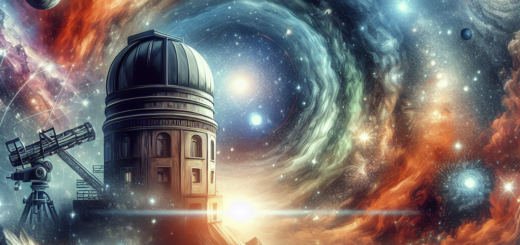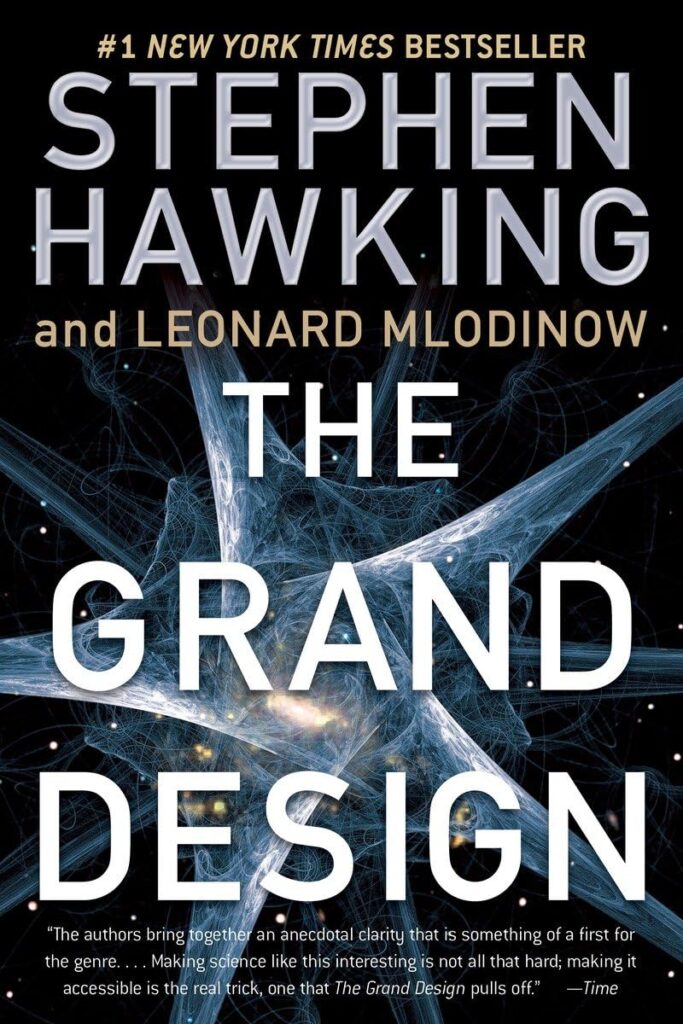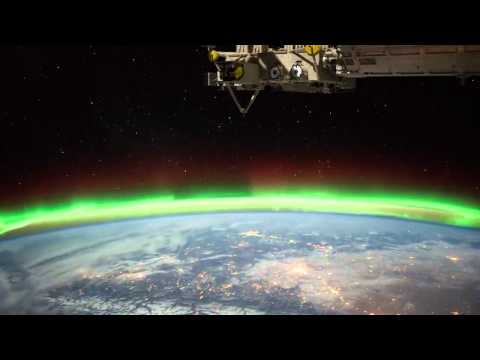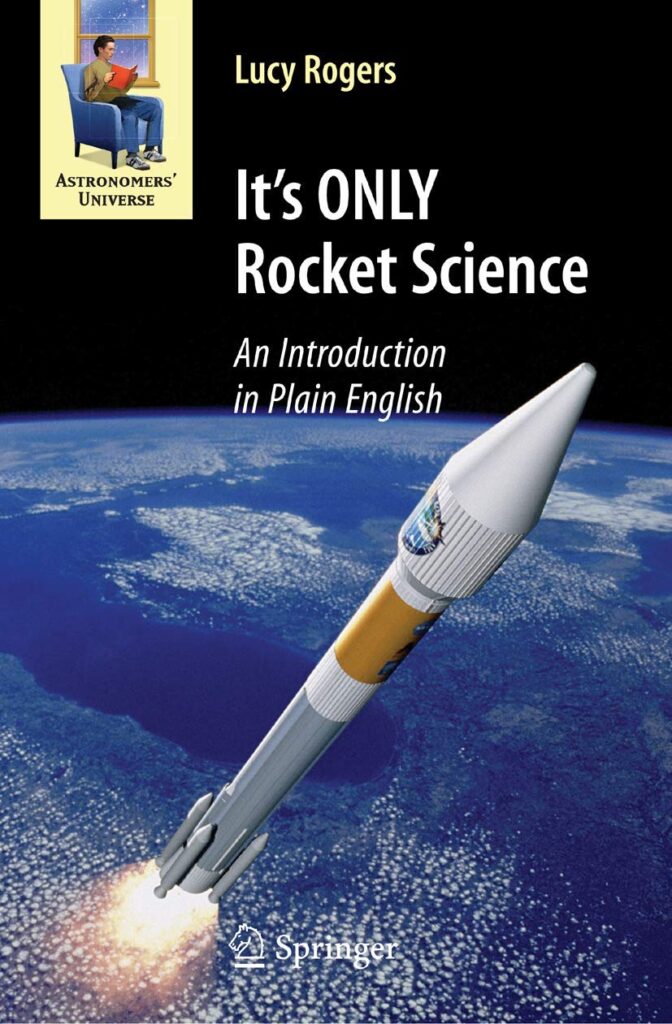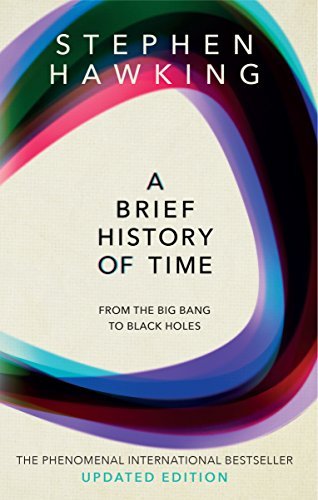Gravitational Waves: Ripples in Spacetime that are Revolutionizing Astrophysics
Gravitational waves are a fascinating phenomenon predicted by Albert Einstein’s theory of general relativity over a century ago. These ripples in spacetime are caused by the acceleration of massive objects, such as colliding black holes or neutron stars, and propagate through the universe at the speed of light.
For decades, scientists have been searching for evidence of gravitational waves, but it wasn’t until 2015 that the Laser Interferometer Gravitational-Wave Observatory (LIGO) made the groundbreaking discovery of the first direct detection of these elusive waves. The detection confirmed Einstein’s theory and opened up a new era of astrophysics.
Since then, LIGO and its European counterpart, Virgo, have detected dozens of gravitational wave events, providing valuable insights into the universe’s most extreme events. These detections have allowed scientists to study black holes, neutron stars, and other celestial objects in ways never before possible.
One of the most significant discoveries made possible by gravitational waves is the first observation of a binary neutron star merger in 2017. This event not only confirmed the existence of neutron star mergers but also provided crucial information about the origins of heavy elements in the universe, such as gold and platinum.
Gravitational waves have also provided new opportunities for testing the theory of general relativity in extreme conditions. By studying the properties of gravitational waves, scientists can test the limits of Einstein’s theory and potentially uncover new physics beyond our current understanding.
Furthermore, gravitational wave astronomy has the potential to revolutionize our understanding of the universe. By observing these waves, scientists can study black holes, neutron stars, and other exotic objects that are invisible to traditional telescopes. This new form of astronomy offers a unique window into the universe, allowing us to explore the most extreme events in the cosmos.
In the coming years, gravitational wave detectors are expected to become even more sensitive, allowing scientists to detect weaker signals from a wider range of sources. This will open up new opportunities for discoveries and advance our understanding of the universe in ways we can only begin to imagine.
In conclusion, gravitational waves are a revolutionary tool in astrophysics that are transforming our understanding of the cosmos. By detecting these ripples in spacetime, scientists can study the most extreme events in the universe and test the limits of our current theories. The future of gravitational wave astronomy is bright, and we can expect many more exciting discoveries in the years to come.

